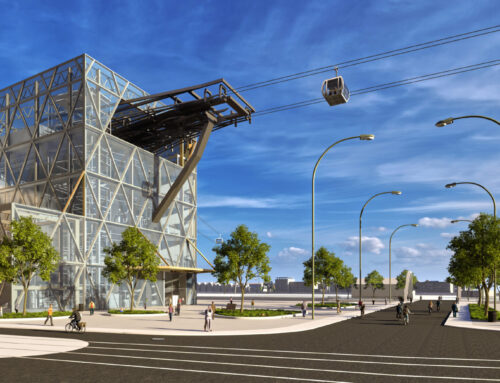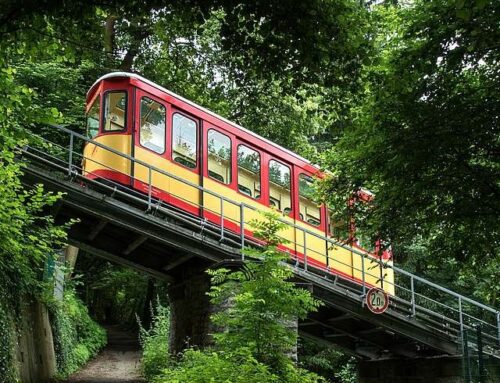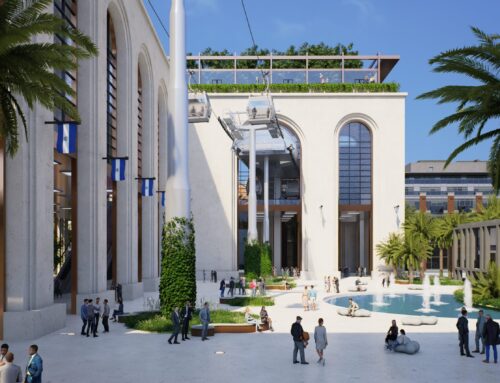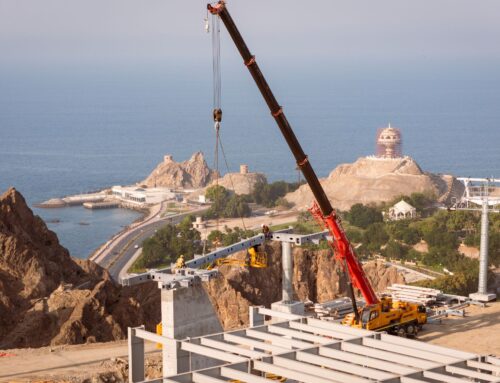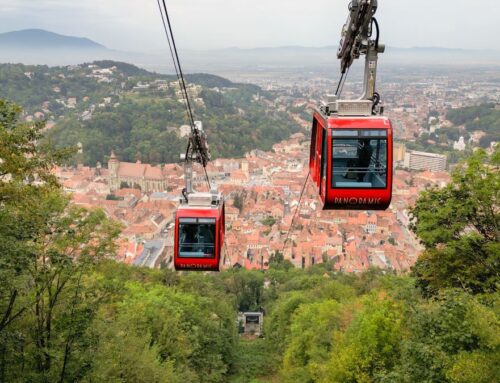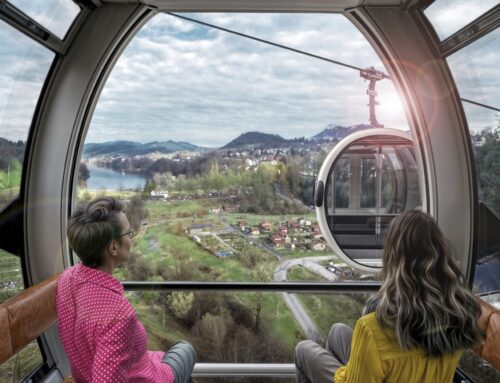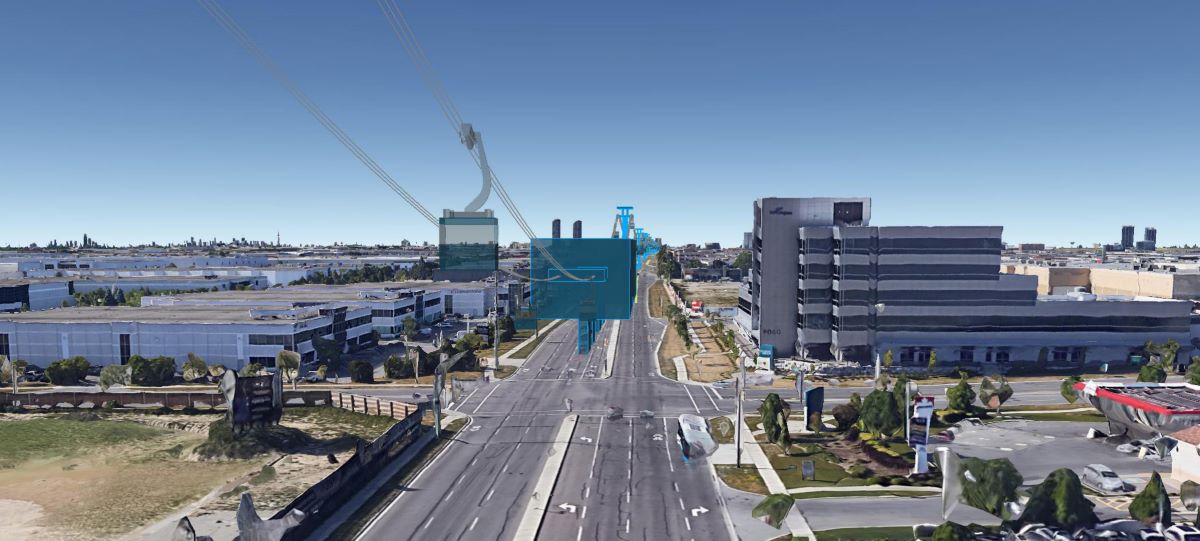
Cities, SI-Urban
Vaughan: A cable car for Toronto’s suburb
The Canadian city of Vaughan is home to around 300,000 inhabitants and employs over 180,000 people. By 2051, the city just outside Toronto is expected to grow to approximately 570,000 residents and 350,000 jobs. In addition, Vaughan has several major attractions that draw visitors and tourists from across the country.
Study
In response to the growth and development into a visitor magnet, the Vaughan Transportation Plan (VTP) is currently being developed. Part of the transport plan is a feasibility study on an urban cable car.
In it, the transport planners from SCJ Alliance are designing a route with four stations and 15 supports that runs along the central reservation of Jane Street and connects the most important attractions and destinations in the city of Vaughan.
Route of the line
The cable car starts at the Vaughan Metropolitan Centre (VMC) – the central district of the city, which is to be developed into a large business city with 64,000 residents and 11,000 jobs in the future.
The VMC is already a mobility hub where the underground Torontos, the Highway 7 Rapidway and the Smart VMC Bus Terminal intersect. Now it will also be possible to transfer to a cable car there.
The second station is Vaughan Mills, one of Canada‘s largest shopping malls with 14.6 million visitors a year. Legoland Discovery adventure world is also located here.
Third planned station is called ‘Canada‘s Wonderland’ and connects to the theme park of the same name. With 3.9 million visitors a year, this all-year-round attraction is the largest theme park in Canada.
The cable car ends at Cortellucci Vaughan Hospital – the first and only hospital in the city of Vaughan. It employs 1,800 people who look after 350 beds and can treat 75,000 patients a year.
Station at the city centre
The cable car starts in Vaughan‘s city centre within walking
distance of the underground and bus station (left in the picture).
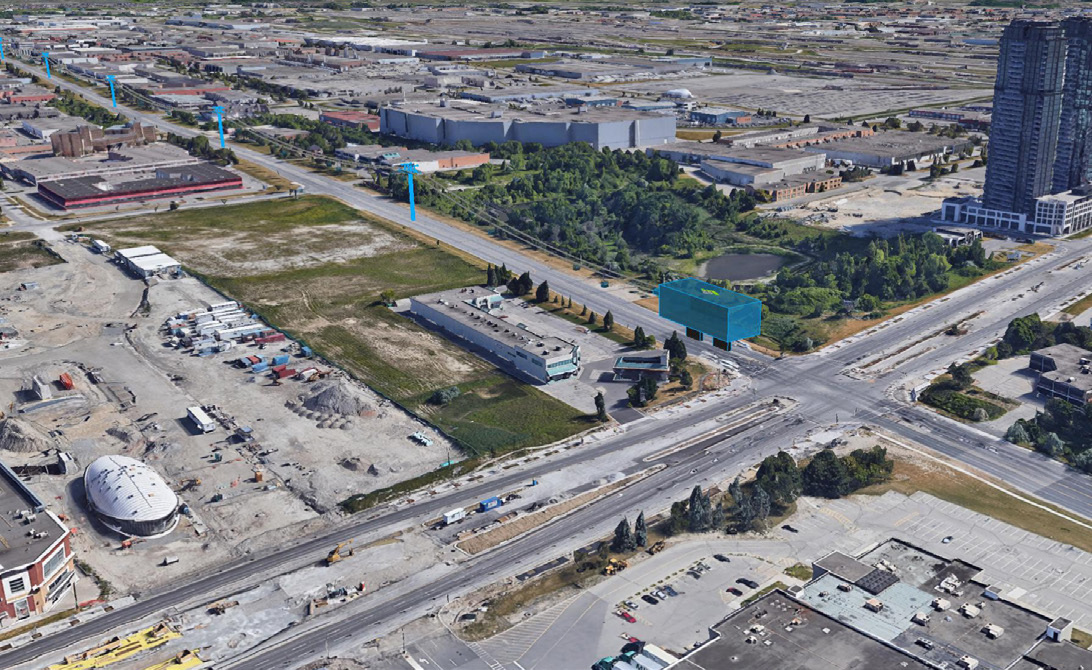
Why a cable car?
The authors of the study cite several reasons why a cable car on this route would be advantageous.
Firstly, it would extend the Toronto underground line above ground and connect Vaughan Mills and Canada‘s Wonderland, two attractions that attract tens of millions of people every year – but (still) without public transport.
The hospital would also open up another highly frequented destination. In addition, there is currently no easy and convenient bus connection to the above-mentioned destinations; the sixkilometre journey often takes a whole hour at peak times.
In general, a cable car – in the form of a tricable gondola lift (3S) – would be the fastest means of transport on the route. A 15-minute cable car journey with no waiting time compares with up to 40 minutes by bus and 30 minutes by car.
SCJ Alliance hopes that both the better connections and the shorter journey time is going to encourage people to give up their cars and instead use public transport and then the cable car. The cable car is also an environmentally friendly form of transport that can be realised in less than two years.
Technical Data
Vaughan Gondola
| Type | tri-cable |
| Capacity | 2.200 p/h/d |
| Length | 6,2 km |
| Speed | 7,5 m/s |
| Travel time | 15 min |
| Stations | 4 |
| Cabins | 86 |
| Towers | 15 |
| Investments costs | 174 – 193 Mio. CAD |
| Maintenance costs | 10,5 CAD |
Why a tri-cable ropeway?
Transport planners recommend the tri-cable-ropeway as a cable car type for several reasons.
Firstly, this model offers a high transport capacity of up to 5,500 passengers per hour and per direction, which can be used to respond flexibly to demand; both in general with regard to urban development and at specific times, such as during peak times at the leisure park.
Initially, however, a capacity of 2,000 passengers per hour and direction is envisaged. Secondly, a 3S cable car is particularly stable in windy conditions, so that it can operate without disruption even in the gusty spring.
Thirdly, 3S cabins are very spacious – ideal for families in amusement parks, shoppers in shopping centres or wheelchair users in hospitals.
The planned route.
The cable car connects Vaughan city centre with the Vaughan Mills shopping centre, Canada‘s Wonderland theme park and Cortellucci Vaughan Hospital. © SCJ Alliance
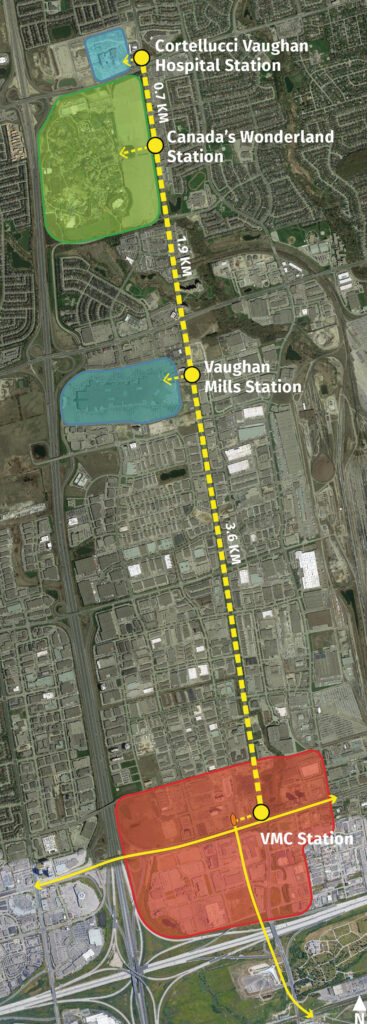
What will the cable car cost?
SCJ Alliance estimates the investment in the cable car technology at 81 to 90 million Canadian dollars (CAD), the cost of the stations at 44 to 49 million CAD and the ancillary construction costs at 26 to 29 million CAD.
Together with a 15 per cent buffer, this results in total costs of CAD 174 to 193 million. SCJ Alliance estimates the operating costs at CAD 10.5 million. These are made up of 1.0 million fixed and 3.5 million variable personnel costs, 4.5 milion other expenses and a 15 percent buffer.


